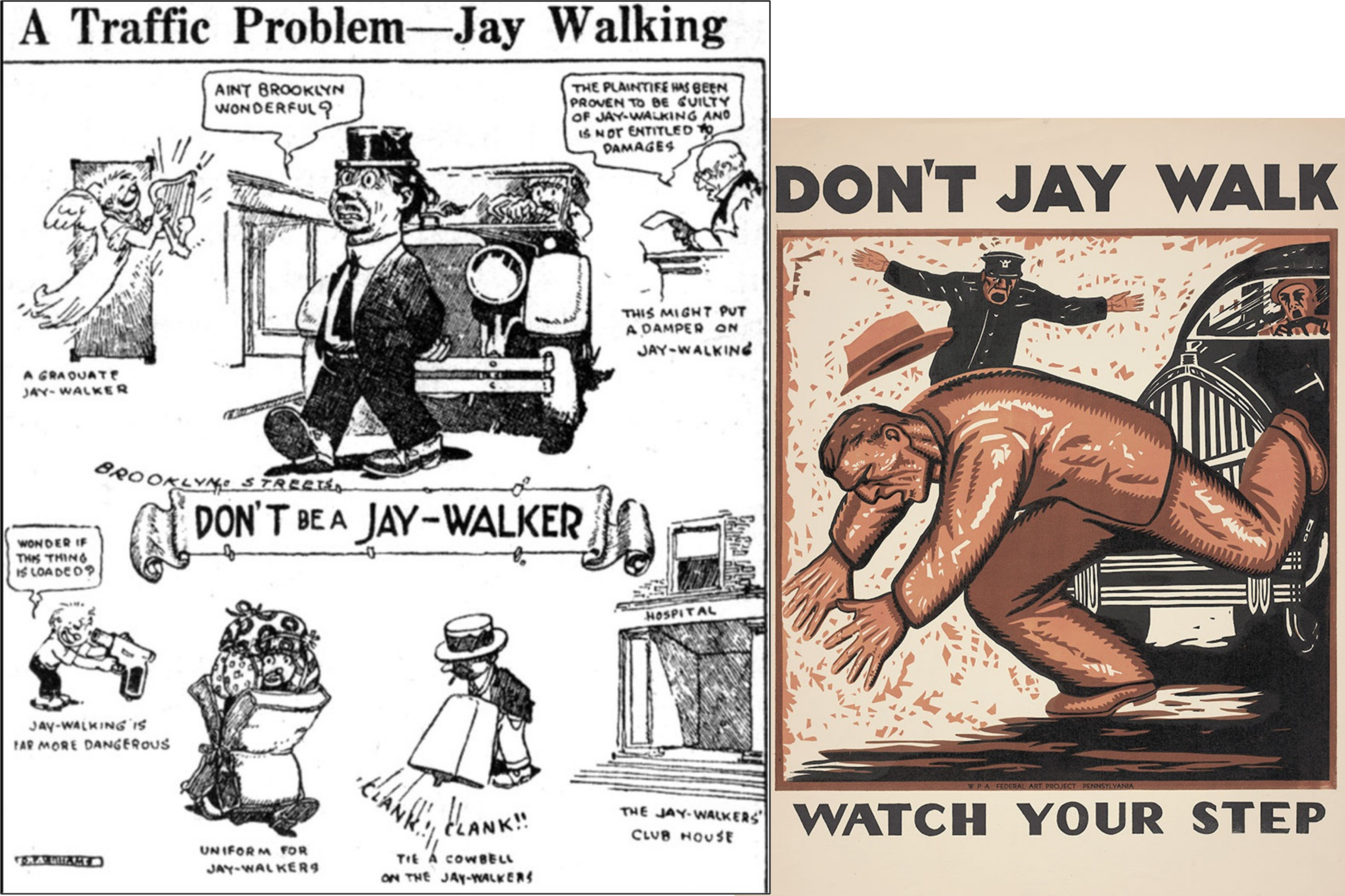1.3 Interactionist View
Shanell Sanchez and Pamela Simek
Tattoos at Work
An article by BBC.com in 2020 says that “tattoos were against the law until 1948 and, 70 years later, they’re still not generally seen as socially acceptable.”
“Attitudes about tattoos are often as complex as the designs themselves, but for fans of permanent body art, it’s a trend that’s here to stay.”
This article demonstrates how societal definitions of deviance can change through time and space.
Read the BBC.com article How Workplaces are Phasing Out the Tattoo Stigma to learn more about this discussion.
Typically, in our society, a deviant act becomes a criminal act that can be prohibited and punished under criminal law when an act is deemed socially harmful or dangerous to society (Goode, 2015).
In criminology, we often cover a wide array of harms that can include economic, physical, emotional, social, and environmental damages. The critical thing to note is that we do not want to create laws against everything in society, so we must draw a line between what we consider deviant and unusual versus dangerous and criminal. For example, some people do not support tattoos and would argue they are deviant, but it would be challenging to suggest they are dangerous to individuals and society. However, thirty years ago, it may have been acceptable to craft a dress code stating that people may not have visible tattoos. Today, tattoos may be seen as more normalized and acceptable, which could lead to a lot of angry and vocal employees who reject such rules.
Now that we have a basis for understanding differences between deviance (norm violations) and crimes (law violations), we can discuss who determines if a behavior becomes criminalized in the United States. A criminalized act is when a deviant act becomes criminal and a law is written, with defined sanctions, that can be enforced by the criminal justice system (Farmer, 2016).
Jaywalking
In the 1920s, auto groups aggressively fought to redefine who owned the city street. As cars began to spread on the streets of America, the number of pedestrians killed by cars skyrocketed. At this time, the public was outraged that elderly individuals and children were dying in what was viewed as “pleasure cars,” because, at this time, our society was structured very differently and did not largely rely on vehicles. Judges often ruled that the car was to blame in most pedestrian deaths, and drivers were charged with manslaughter, regardless of the circumstances. In 1923, 42,000 Cincinnati residents signed a petition for a ballot initiative that would require all cars to have a “governor” limiting their speed to 25 miles per hour. This petition infuriated auto dealers and motivated them to send out letters against the measure.
![The text "Do Not Help To Build A Chinese Wall Around Cincinnati [.] Let's Make It Unanimous and - Vote "No""](https://louis.pressbooks.pub/app/uploads/sites/61/2018/11/The-Cincinnati-speed-governor-referendum-frightened-motordom-into-organizing-to-reshape.png)
It was at this point that automakers, dealers, and others worked to redefine the street so that pedestrians, not cars, would be restricted. Today, these legal changes can be seen in our expectations for pedestrians to only cross at crosswalks.

The Vox.com article The forgotten history of how automakers invented the crime of “jaywalking” has an excellent summary of jaywalking.
The creation of jaywalking laws would be an example of the interactionist view in lawmaking. The interactionist view states that the definition of crime reflects the preferences and opinions of people who hold social power in a particular legal jurisdiction, such as the auto industry. The auto industry used their power and influence to impose what they felt to be right and wrong, becoming moral entrepreneurs (Vuolo, Kadowaki, & Kelly, 2017).
Moral entrepreneur is a phrase coined by sociologist Howard Becker. Becker used the term to refer to individuals who use the strength of their positions to encourage others to follow their moral stances. Moral entrepreneurs create rules and argue their causes will better society, often because they have a vested interest in that cause that maintains their political power or position (Becker, 1963; Cole, 2013).
The auto industry used aggressive tactics to garner support for the new laws: using news media to shift the blame for accidents from drivers onto pedestrians and campaigning at local schools to teach children about the importance of staying out of the street (Norton, 2007).
Fun Fact
Most people may be unaware that the word jay was derogatory and is similar today to being called a hick, or someone who does not know how to behave in the city. The tactic of shaming was powerful and has been used many times in society by moral entrepreneurs to garner support and pass laws against jaywalking.
When a deviant act becomes criminal and law is written, with defined sanctions, that can be enforced by the criminal justice system
The definition of crime reflects the preferences and opinions of people who hold social power in a particular legal jurisdiction

